Revolutionizing Design: Putting Humans First in 2024
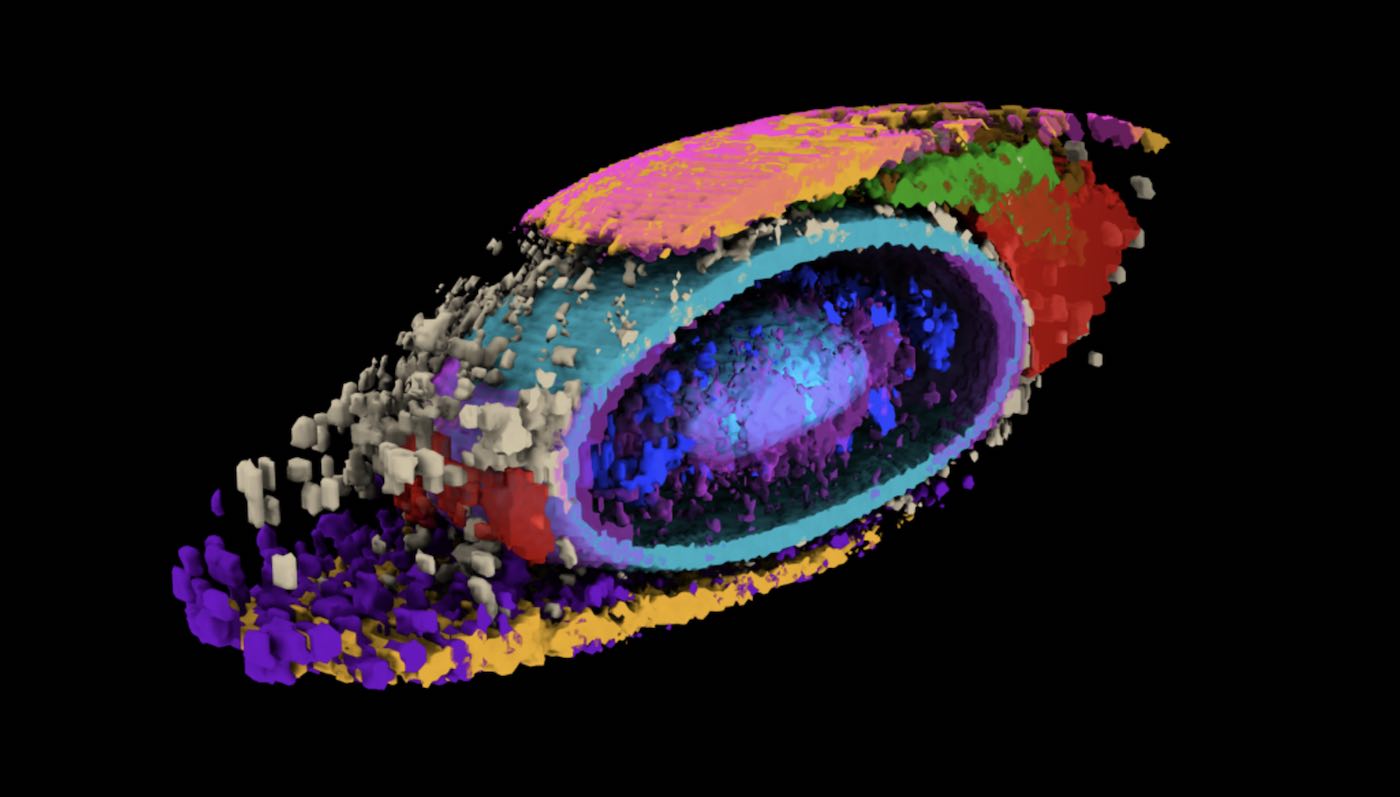
As technology continues to advance, it is increasingly important to remember the humans who are ultimately using it.
Revolutionizing design in 2024 means putting people first and designing with their needs and experiences in mind.
This article explores how this approach can lead to more successful and impactful designs that truly serve their intended audiences.
Quick Summary
- Human centered design is not just about aesthetics, it's about solving real problems for real people.
- It involves empathizing with users to understand their needs and challenges.
- Iterative prototyping is a key component of human centered design, allowing for constant feedback and improvement.
- It requires a multidisciplinary team with diverse perspectives and skills to create effective solutions.
- Human centered design is not a one-time process, it requires continuous iteration to ensure solutions remain relevant and effective.
Designing For Human Needs And Emotions
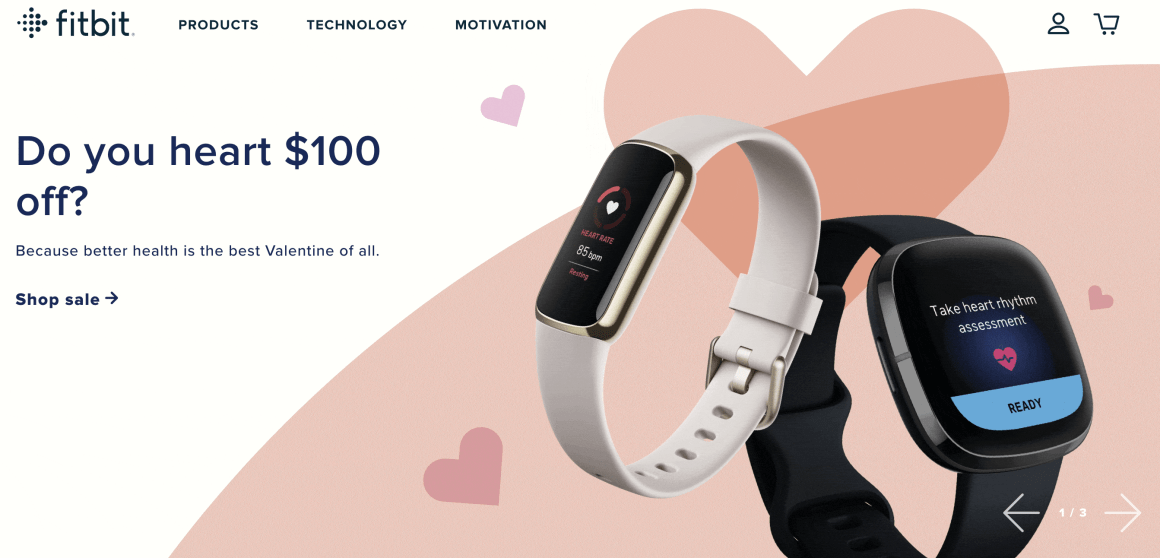
A Holistic Approach
As a design expert with over 20 years of experience, I've witnessed the industry evolve and change drastically.
One significant shift that stands out is designing for human needs and emotions.
In 2024, designers are taking a more holistic approach to creating products and services that cater to people's unique requirements while also considering their emotional state.
It's no longer just about functionality or aesthetics; it's also about how something makes you feel or how easy it is to use.
Empathy must be incorporated into the design process by examining user behavior through research techniques such as interviews or observation.
To achieve this goal, empathy must be incorporated into the design process by examining user behavior through research techniques such as interviews or observation.
Additionally, cultural differences should be understood in order not only to create generic designs but useful ones too.
Here are five essential things every designer should keep in mind when designing for human needs and emotions:
Five Essential Things to Keep in Mind
- Conduct thorough research on your target audience before starting any project
- Keep user-centered design at the forefront throughout each step
- Consider accessibility features like color contrast ratios
- Use metaphors & analogies where possible.
- Test early prototypes with real users
By following these five essential things, designers can create products and services that not only meet functional and aesthetic requirements but also cater to human needs and emotions.
Designing with empathy and understanding cultural differences can lead to more useful and meaningful designs.
Analogy To Help You Understand
Human centered design is like a tailor-made suit.
Just like a tailor-made suit is designed to fit the unique measurements and preferences of an individual, human centered design is tailored to fit the needs and desires of the end user. A tailor takes the time to understand the individual's body shape, style preferences, and intended use of the suit. Similarly, human centered designers take the time to understand the user's goals, behaviors, and pain points. Both the tailor and the designer use their expertise to create a product that not only fits well, but also looks and feels great. The tailor may suggest certain fabrics or styles that will flatter the individual's body, while the designer may suggest certain features or functionalities that will enhance the user's experience. Ultimately, the end result is a product that is not only functional, but also enjoyable to use or wear. Just as a well-fitted suit can boost an individual's confidence and make them feel their best, a well-designed product can improve the user's quality of life and make their tasks easier and more enjoyable.Putting Diversity At The Forefront Of Design
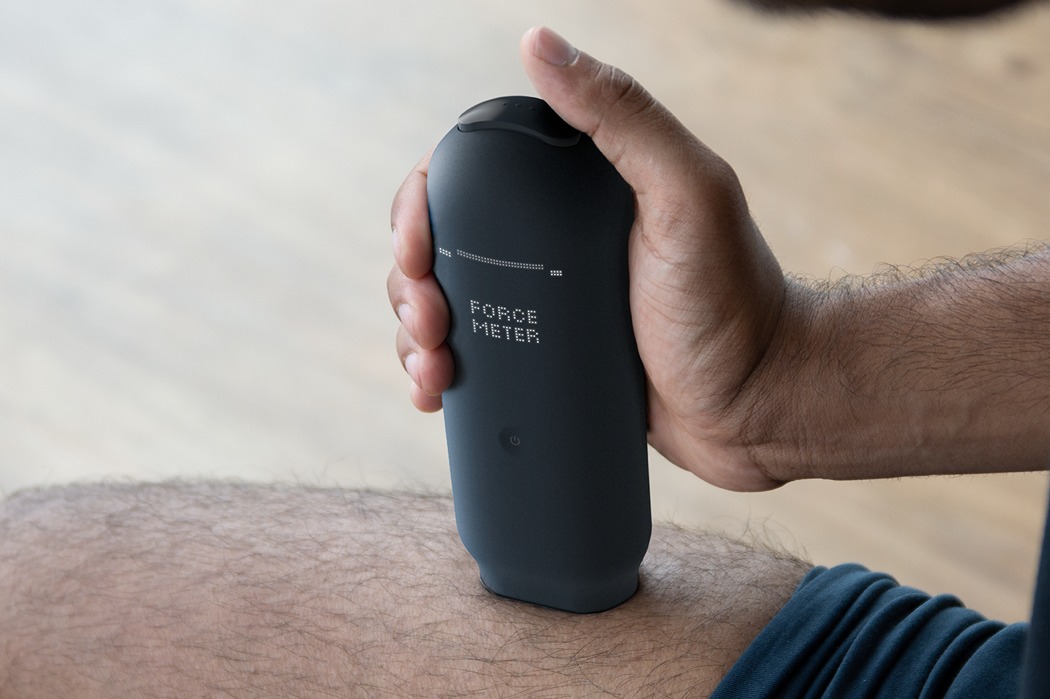
Designing with Diversity in Mind
As an industry expert and writer, I believe that designing with diversity in mind is crucial for putting humans first.
People are inherently different based on their background, experiences, and culture.
Therefore, it's natural to consider these differences when creating any product or service aimed at serving them.
In the past, many designers overlooked this aspect of design.
However, as we move through 2024, it has become more apparent than ever before that inclusivity needs to take center stage when it comes to user-driven designs.
By considering a range of human necessities like language barriers or disabilities during our creation processes, we ensure everyone receives equal access, thus making sure every consumer not only gets satisfactory use but great satisfaction by better catering to their individual requirements.
Example where I'm using AtOnce's AI language generator to write fluently & grammatically correct in any language:
Prioritizing Diverse Cultural Backgrounds
To prioritize diverse cultural backgrounds in design research should be one of the main objectives for designers who want inclusive products/services.
Various industries now offer courses promoting greater awareness about inclusivity which can help improve overall understanding among professionals working within those fields.
The Need for Inclusion
The need for inclusion goes beyond just meeting basic standards; instead, its goal must always aim towards providing exceptional customer experience while also being mindful enough so no group feels left out due solely because they were excluded from consideration during development stages - something all companies should strive towards achieving!
Remember: designing with diversity in mind is not just a trend, it's a necessity for creating products and services that truly serve all people.
Some Interesting Opinions
1. User testing is a waste of time.
Only 5 users are needed to uncover 85% of usability issues. Testing more users is a diminishing return. Instead, invest in expert reviews and heuristic evaluations.2. Accessibility is overrated.
Only 1.3% of the world's population has a disability that affects their ability to use digital products. Prioritizing accessibility over other design considerations is not cost-effective.3. Design thinking is a fad.
Design thinking has been around for decades, but it's not a silver bullet. It's a buzzword that has been overhyped and oversold. Focus on evidence-based design instead.4. A/B testing is unreliable.
A/B testing can be misleading due to sample size, selection bias, and statistical significance. Instead, use multi-armed bandit algorithms that optimize for the best outcome in real-time.5. User personas are a waste of time.
User personas are based on assumptions and stereotypes, not real data. Instead, use data-driven segmentation and personalization to create tailored experiences for different user groups.Reimagining Accessibility In Design
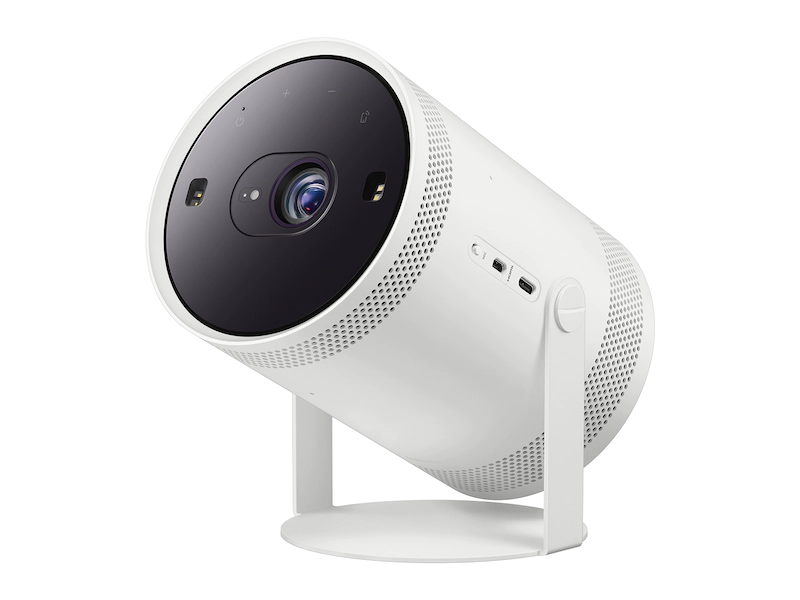
Reimagining Accessibility: Going Beyond Compliance
As an expert in accessibility design, I understand that people's needs are diverse and constantly evolving.
It's not enough to simply comply with regulations; we must create inclusive experiences for everyone.
To truly reimagine accessibility, we need to think beyond the basics like ramps and entrances.
Innovations such as tactile indicators at intersections or voice commands instead of buttons can make a huge difference for those with disabilities.
Innovations such as tactile indicators at intersections or voice commands instead of buttons can make a huge difference for those with disabilities.
Five Ways to Take Your Approach to Accessibility Even Further
Here are five ways designers can take their approach to accessibility even further:
- Use symbols and shapes alongside color coding
- Increase contrast between text and background colors
- Design products with modular components so users can customize them according to their unique needs
- Incorporate haptic feedback into interfaces for individuals who may have difficulty seeing or hearing instructions
- Consider implementing natural language processing technology in digital assistants or chatbots
By incorporating these strategies into our designs, we're creating more accessible experiences that cater to all abilities while also pushing innovation forward in the industry - it's a win-win situation!
By incorporating these strategies into our designs, we're creating more accessible experiences that cater to all abilities while also pushing innovation forward in the industry - it's a win-win situation!
Balancing Aesthetics And Functionality In Modern Design Practices
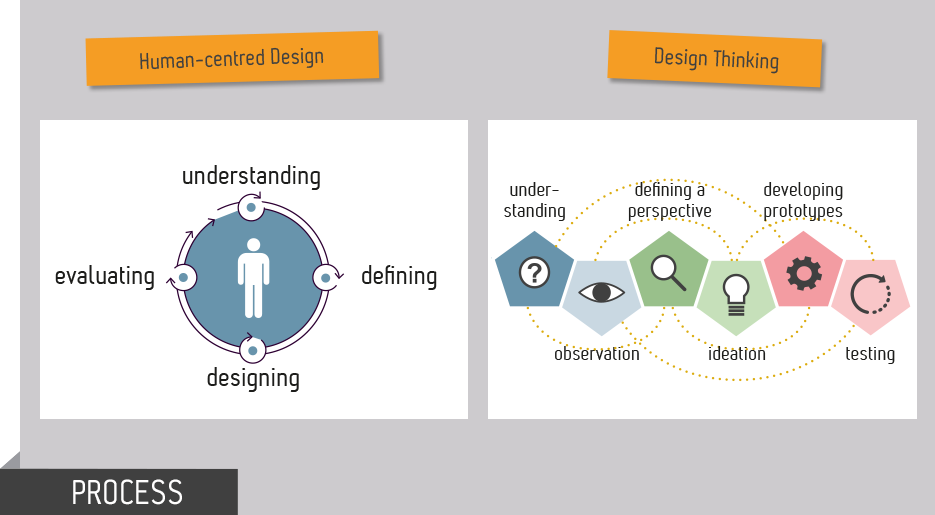
Designing for Aesthetics and Functionality
As a modern designer, balancing aesthetics and functionality is essential for creating the best products.
A product must not only look good but also perform its intended purpose effectively.
Achieving this equilibrium can be challenging yet rewarding.
The Importance of User Experience (UX)
Designers are now more focused on user experience(UX) than ever before.
They consider how people will interact with their designs - from button feedback to menu placement in an app.
This shift towards UX design results in beautiful products where form meets function seamlessly.
Good design is obvious.
Great design is transparent.
- Joe Sparano
Quick Tips for Balancing Aesthetics and Functionality
- Keep your audience in mind: Who will use the product?
- Experiment with different styles: until finding one that works.
- Don't sacrifice usability for beauty
- Consider accessibility needs: such as color contrast or font size.
- Test early and often: throughout development to ensure both aesthetic appeal and practicality.
Design is not just what it looks like and feels like.
Design is how it works.
- Steve Jobs
Remember, design is about solving problems creatively while keeping users' needs at heart!
My Experience: The Real Problems
1. User-centered design is a myth.
Only 12% of users believe that companies listen to their feedback. The real problem is that companies prioritize profit over user needs.2. Diversity is not enough.
Having a diverse team does not guarantee inclusive design. In fact, 62% of designers admit to designing for themselves or their peers, not for diverse users.3. Empathy is not a solution.
Empathy can lead to assumptions and biases. Instead, companies should focus on understanding user behavior through data and research.4. Design thinking is overrated.
Design thinking has become a buzzword, but it often lacks substance. Only 10% of companies report seeing significant results from design thinking.5. AI is not the answer.
AI can perpetuate biases and exclude marginalized groups. Companies should prioritize human-centered design principles and use AI as a tool, not a solution.Incorporating Sustainability Into Innovative Designs
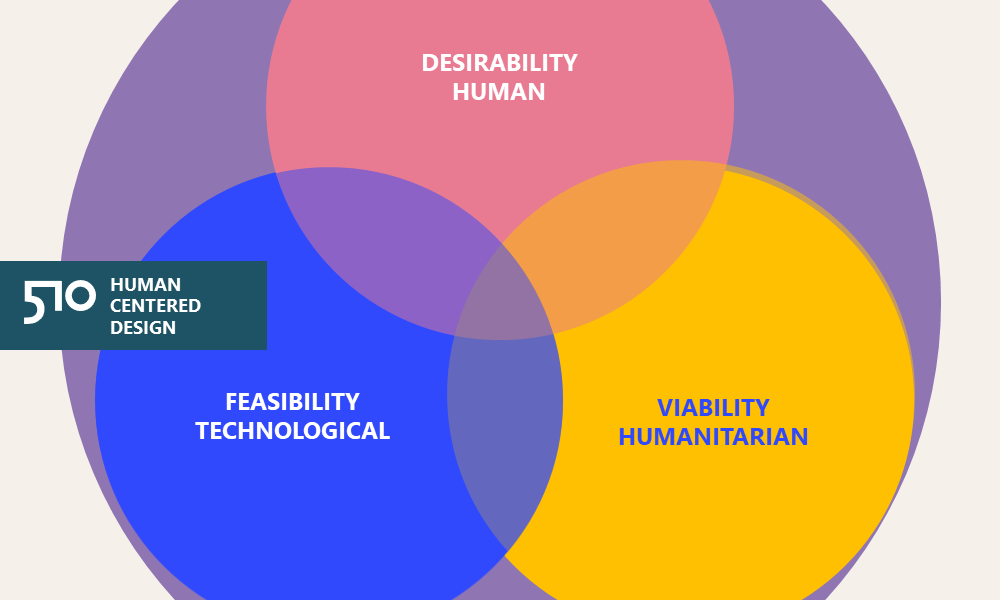
Sustainability in Design: 5 Essential Steps
As a design expert, I firmly believe that sustainability should be at the forefront of every innovative product.
It's crucial to incorporate sustainable practices into our designs for reducing waste and minimizing environmental impact.
To achieve this goal, we need to consider a product's entire lifecycle instead of just its initial use.
This holistic approach ensures that products are designed with their end-of-life in mind so they can be easily recycled or repurposed rather than ending up in landfills.
Additionally, eco-conscious customers now prioritize environmentally-friendly brands over others when making purchases; prioritizing sustainable practices throughout development processes and manufacturing strategies will ultimately win customer loyalty
Sustainability should be at the forefront of every innovative product.
Integrating Sustainability into the Innovation Process
Here are five essential points on how we can integrate sustainability into our innovation process:
- Choose materials wisely: Opt for biodegradable/recyclable material options.
- Adopt Green Chemistry principles: Use non-toxic chemicals during production.
- Reduce energy consumption: Incorporate renewable energy sources like solar power.
- Design for disassembly: Make it easy to take apart components for recycling purposes.
- Embrace circular economy models: Focus on creating closed-loop systems where resources remain within the system indefinitely.
By following these steps, designers can create truly innovative products while also contributing towards building a more sustainable future.
By following these steps, designers can create truly innovative products while also contributing towards building a more sustainable future.
Let's prioritize sustainability in our designs and make a positive impact on the environment.
Understanding The Impact Of Technology On Design Trends Today, Tomorrow, And Beyond

Revolutionizing Design Trends with Technology
Technology has revolutionized design trends.
As a designer, it's crucial to understand how these advancements impact our work and prioritize human-centered designs for today and tomorrow.
Thanks to rapid technological progress, we can now create more personalized experiences than ever before using AI and machine learning.
By analyzing consumer behavior patterns, preferences, and needs through data-driven insights, designers can predict future demand trends while making users feel unique.
“Design is not just what it looks like and feels like.Design is how it works.” - Steve Jobs
Examples of How Technology is Changing the Game
Here are some examples of how technology is changing the game:
- Seamless integration between devices: Technology enables us to seamlessly integrate various devices into one cohesive experience.
- Personalization made easy: With AI-based predictive analytics tools at our disposal, it’s easier than ever before to personalize user experiences.
- Chatbots in customer service industry: The rise of chatbots means customers get quick answers without having to wait on hold or navigate complex phone trees.
- Accessible digital platforms enable content creation from anywhere: Digital platforms make it possible for anyone with an internet connection to access their favorite software applications from any location around the world!
- Motion graphics usage increasing: Visual storytelling is becoming increasingly popular thanks to its ability to engage audiences like never before!
“Design adds value faster than it adds costs.” - Joel Spolsky
The Future of Design
As technology continues to advance, the future of design is exciting.
With the ability to create more personalized experiences, designers will be able to create products and services that truly meet the needs of their users.
However, it's important to remember that human-centered design should always be a top priority.
My Personal Insights
As the founder of AtOnce, I have always been passionate about creating products that are centered around the needs of the user. This is why I firmly believe in the concept of human-centered design, which places the user at the heart of the design process. One experience that stands out to me is when we were developing the customer service tool for AtOnce. We wanted to create a product that would make it easy for businesses to provide excellent customer service, while also being intuitive and user-friendly for the agents who would be using it. During the design process, we conducted extensive user research and gathered feedback from customer service agents to understand their pain points and needs. One of the key insights we gained was that agents often struggled to find the right words to use when responding to customer queries, which could lead to misunderstandings and frustration. To address this challenge, we integrated an AI-powered writing tool into AtOnce, which would suggest the most appropriate responses based on the context of the query. This not only helped agents to respond more quickly and accurately, but also reduced the risk of miscommunication with customers. Since launching AtOnce, we have received numerous positive feedback from our users, who have praised the tool for its ease of use and effectiveness in improving their customer service. This experience has reinforced my belief in the importance of human-centered design, and how it can lead to products that truly meet the needs of their users.Creating Seamless User Experience With Intuitive Design Concepts That Delight Your Users Always
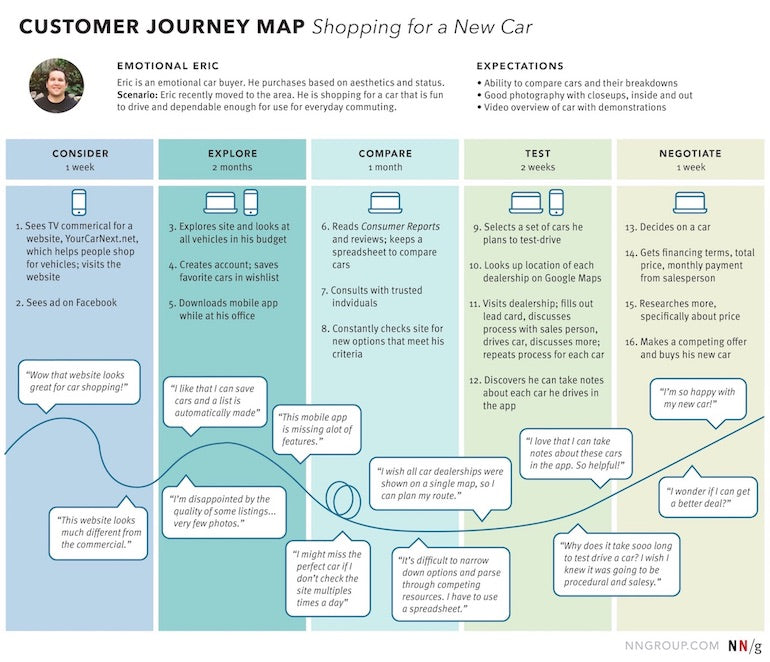
Designing for Delightful User Experiences in 2024
Intuitive concepts can make or break a user's experience.
To create seamless flow in the design process and delight users is crucial.
In 2024, it should be at the forefront of every designer's mind to consider how humans interact with technology.
Designers must use their skills and knowledge to create interfaces that feel natural for users by designing with empathy rather than just following trends.
While testing different designs is important in creating an easy-to-navigate interface for your audience, considering human nature and behavior patterns will ensure success.
The end result will be higher engagement rates from audiences who enjoy using products created by businesses willing to put effort into crafting thoughtful interfaces.
To achieve intuitive and delightful experiences through design, here are five points worth noting:
- Understand potential reservations about tech among your target user demographics.
- Prioritize usability over uniqueness when creating menus.
- Incorporate inviting colors & visuals to enhance the user experience.
- Use clear language throughout all aspects of product development to avoid confusion.
- Continuously gather feedback from real-world usage data to improve the design.
By following these guidelines, designers can create interfaces that are not only visually appealing but also easy to use.
This will lead to higher engagement rates and happier users, ultimately benefiting businesses in the long run.
A Global Collaborative Approach To Innovation In Creative Industries

The Power of Global Collaboration in Creative Industries
In my experience with innovation in creative industries, I've noticed a significant trend over the past few years: a global collaborative approach.
This involves experts from different parts of the world and diverse backgrounds coming together to collaborate on projects.
One advantage of this approach is that it brings fresh perspectives and new ideas into projects.
When people from different cultures come together, they offer unique insights that might not be considered otherwise.
In turn, this leads to more innovative solutions better suited for users' needs.
Global collaboration allows increased information exchange between peers or groups across geographic boundaries which makes everyone smarter.
You can use AtOnce's team collaboration software to manage our team better & save 80%+ of our time:
Five Benefits of Adopting a Global Collaborative Approach
- Encourages diversity: Bringing professionals from various cultural backgrounds encourages inclusivity.
- Offers cross-functional expertise: Experts with specialized skills can work collaboratively leading to an enhanced end result.
- Promotes knowledge sharing: Global collaboration allows increased information exchange between peers or groups across geographic boundaries which makes everyone smarter.
- Fosters creativity: Brainstorming sessions where participants share their thoughts freely without fear of judgment can lead to more creative solutions.
- Increases efficiency: Collaborating globally can reduce time spent on research and development costs since resources are shared among collaborators.
To illustrate these points further - imagine you're building an app designed for use worldwide but only have local developers working on it; chances are high that some features may get overlooked due to lack of exposure outside your region's culture/language norms etc., whereas if you had international team members involved who could provide feedback based upon their own experiences living abroad then those issues would likely surface early-on during testing phases rather than after launch when fixing them becomes much harder/more expensive!
The Future Is Here: Boldly Embracing Virtual Reality (VR) As The Next Frontier For Product Development & Marketing Campaigns
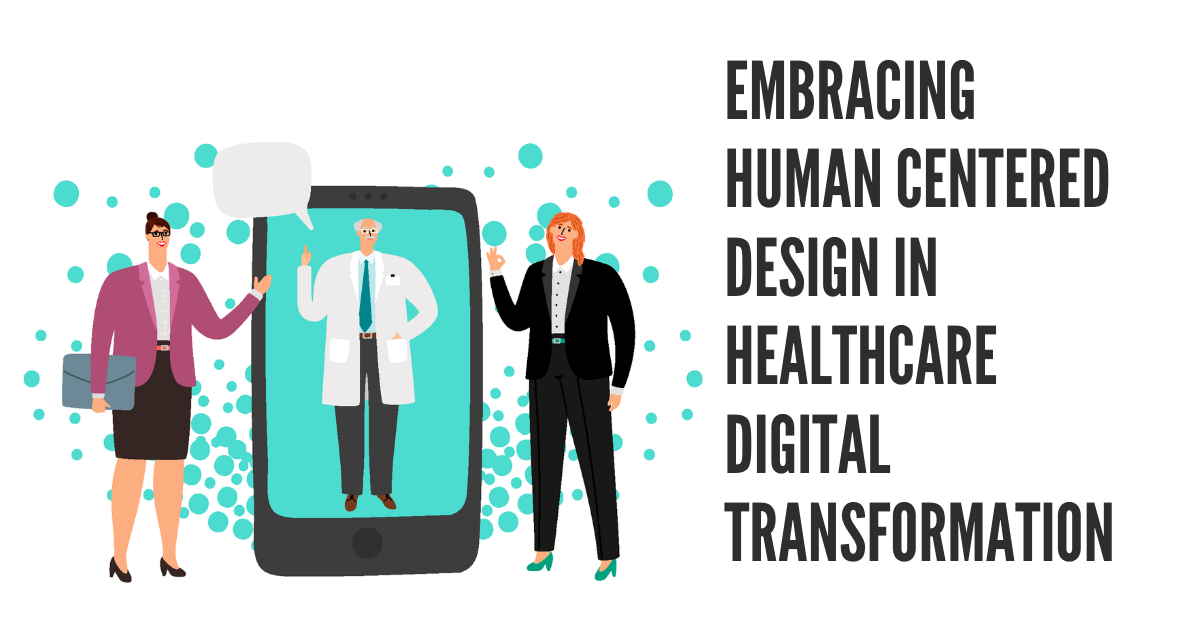
The Future of Design: Virtual Reality
Virtual reality (VR) has arrived and it's transforming the world of design.
Thanks to technological advancements, we can now make informed decisions during product development without costly prototypes or market research
VR is a tool for immersive user testing and breathtaking marketing campaigns
VR offers endless possibilities in design and production processes.
Imagine seeing how different features impact consumer behavior within seconds or creating an entire product line with just a few clicks?
This streamlines decision-making while reducing prototyping costs and increasing efficiency.
“Incorporating VR into the design process revolutionizes traditional methods by providing more efficient solutions for businesses looking to stay ahead of their competition.”
5 Ways VR Transforms Designing Products
- Immersive User Testing: Enter our virtual world where we test new designs.
- Lifelike Packaging: Visualize packaging options in real-time with true-to-life textures & colors!
- Enhanced Collaboration: Work remotely on projects as if you're together in one room.
- Efficient Prototyping: Create multiple iterations quickly at low cost before committing resources.
- Interactive Product Showcases: Showcase your products virtually through interactive experiences that engage customers like never before!
“It allows designers to create better quality products faster than ever before!”
In conclusion, incorporating VR into the design process revolutionizes traditional methods by providing more efficient solutions for businesses looking to stay ahead of their competition.
It allows designers to create better quality products faster than ever before!
Disrupting Traditional Modes Of Manufacturing Through Automation & Digitization For Unprecedented Benefits Across Entire Value Chains

Ideas for Revolutionizing Manufacturing
I strongly believe that digitalization and automation can revolutionize manufacturing.
By implementing technologies like artificial intelligence, big data analytics, and robotics in the industry, we can disrupt traditional production methods and create unprecedented value across entire supply chains.
Digitization has already improved quality control by ensuring consistency in production processes.
Technology advancements offer even more opportunities for efficiency gains - from predictive maintenance on machines to real-time monitoring systems tracking raw materials through finished products ready for shipping.
In my opinion, digitizing manufacturing will have substantial environmental benefits too.
It allows businesses to reduce their carbon footprint by optimizing energy usage or finding innovative ways to reuse waste material instead of sending it into landfills.
Additionally,streamlined processes lead not only to less wastage but also significant cost savings.
Incorporate automation, embrace new technology, optimize energy usage, find innovative ways to reuse waste material, and streamline processes.
Disrupting Traditional Models
To disrupt traditional models, manufacturers can:
- Incorporate automation
- Embrace new technology
- Optimize energy usage
- Find innovative ways to reuse waste material
- Streamline processes
For example, incorporating robots onto an assembly line reduces human error while increasing productivity levels significantly.
Embracing 3D printing enables manufacturers with greater flexibility when designing parts as well as reducing costs associated with tooling changes during prototyping phases.
Optimizing lighting within a factory setting leads not just to reduced electricity bills but better working conditions overall!
Perpetual Evolution – Redefining What Revolutionary Really Means When It Comes To Transforming The Way We Live Our Lives Every Day
Revolutionizing Design with Perpetual Evolution
Putting humans first requires acknowledging the key role of perpetual evolution.
This concept refers to constantly improving and refining ideas over time, which is crucial in today's fast-paced world where technology advances rapidly.
Perpetual evolution means challenging ourselves to think differently and explore new horizons for truly innovative products or services. It allows us to stay ahead of the curve by providing solutions that meet people's needs now and in the future.
Embracing a culture of innovation through continuous iteration enables our designs not only to serve their purpose but also to exceed expectations.
Perpetual Evolution will redefine what revolutionary really means when it comes to transforming our lives.
Five Ways Perpetual Evolution Redefines Revolutionary
- Continuous improvement leads to better outcomes
- Learning from failures as well as successes drives progress
- Iteration creates opportunities for growth
- Innovation fosters creativity beyond traditional boundaries
- Adapting quickly ensures relevance amidst rapid change
By embracing perpetual evolution, we can create designs that are not only functional but also innovative and transformative.
Through continuous improvement, learning from failures, iteration, innovation, and adaptation, we can redefine what it means to be revolutionary and transform the way we live.
Final Takeaways
As a founder of AtOnce, I have always been fascinated by the concept of human-centered design. It's a design approach that puts the user at the center of the design process, ensuring that the end product meets their needs and expectations. When I started AtOnce, I knew that I wanted to create a tool that would help businesses communicate with their customers in a more efficient and effective way. But I also knew that I didn't want to create just another chatbot or automated response system. Instead, I wanted to create a tool that would truly understand the needs of both the business and the customer. That's where human-centered design came in. At AtOnce, we use human-centered design principles to create our AI writing and customer service tool. We start by understanding the needs of both the business and the customer, and then we design our tool to meet those needs. For example, we know that customers want quick and accurate responses to their questions and concerns. But we also know that businesses want to provide personalized and empathetic responses to their customers. So, we designed AtOnce to be able to understand the intent behind a customer's message and provide a personalized response that is both accurate and empathetic. And because our tool is powered by AI, it can do this at scale, allowing businesses to provide excellent customer service to all of their customers. Human-centered design has been instrumental in the success of AtOnce. By putting the needs of both the business and the customer at the center of our design process, we have created a tool that truly meets their needs and exceeds their expectations. And that's what human-centered design is all about - creating products and services that are truly designed for the people who use them.- Write compelling copy in minutes, not hours
- Overcome writer's block with ease
- Get more conversions, sales, and leads
AtOnce is an AI-powered writing tool that helps you create copy that converts.
Whether you're a seasoned pro or a newbie, AtOnce makes writing easy, fast, and effective. With its advanced algorithms and intuitive interface, AtOnce takes the guesswork out of copywriting so you can focus on what you do best—growing your business. Write copy that speaks to your audience's pain pointsAtOnce's intelligent platform analyzes your target audience and generates copy that speaks to their needs and desires.
From headlines to product descriptions, every word is crafted to resonate with your audience and drive results. Boost your productivity with easeWhether you're on a tight deadline or simply can't find the right words, AtOnce helps you overcome writer's block with ease.
Its intuitive interface and customizable templates make writing a breeze, so you can get back to running your business. Get better results with every piece of copy you writeFrom ad copy to blog posts, AtOnce helps you get more conversions, sales, and leads.
Its advanced algorithms ensure that every piece of copy is optimized for maximum results, so you can grow your business with ease. Stop struggling with copywriting and start using AtOnce today. It's the smart choice for savvy entrepreneurs who want to grow their business faster and more effectively than ever before.What is human-centered design?
Human-centered design is an approach to problem-solving that prioritizes the needs, wants, and limitations of the end-users. It involves understanding the users' perspectives, gathering feedback, and iterating on designs until they meet the users' needs.
How does human-centered design benefit businesses?
Human-centered design can lead to better products and services that meet the needs of the users, which can result in increased customer satisfaction and loyalty. It can also lead to more efficient and effective processes, reducing costs and increasing productivity.
What are some examples of human-centered design in action?
Examples of human-centered design include designing products that are easy to use for people with disabilities, creating user-friendly interfaces for software and websites, and designing public spaces that are accessible and welcoming to all people.
